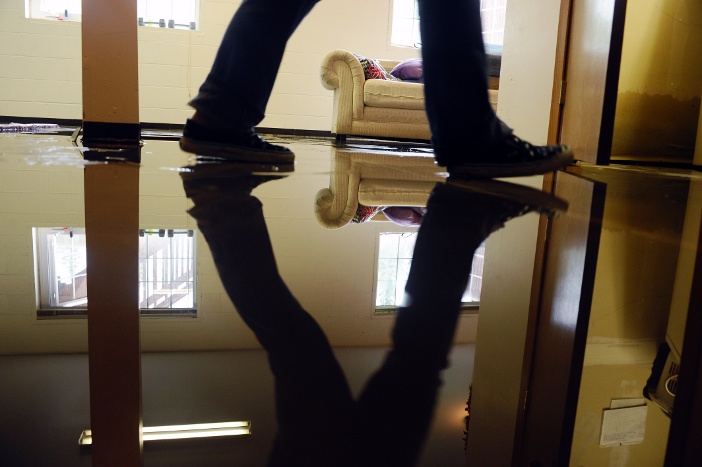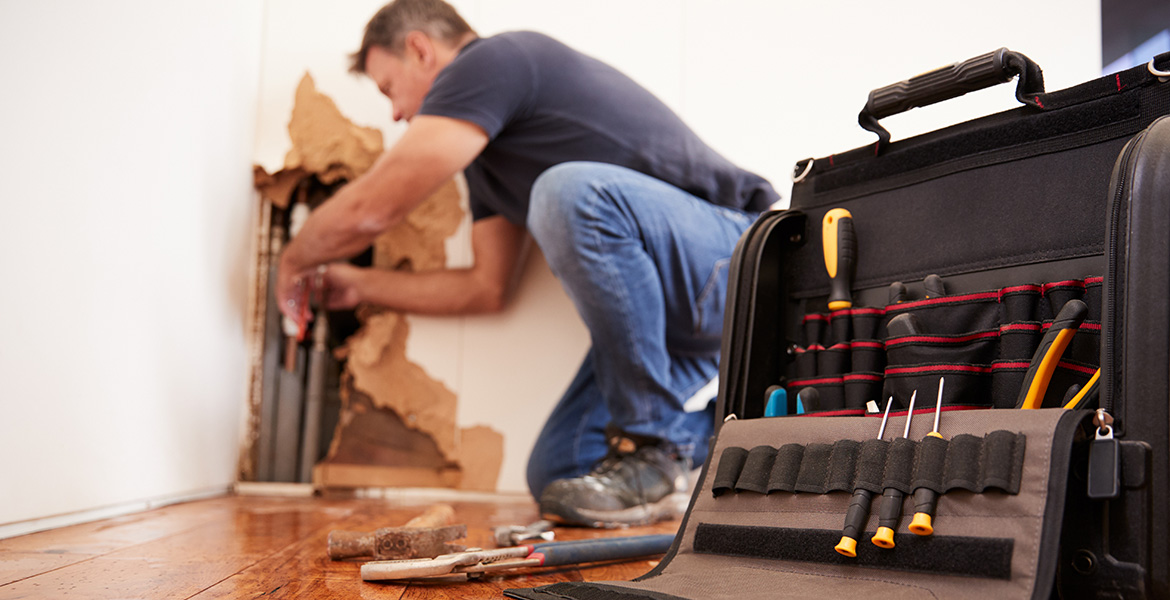Ways to Maintain Your Septic Tank: Everything You Need to Know
Ways to Maintain Your Septic Tank: Everything You Need to Know
Blog Article
Do you find yourself hunting for information around The Do’s And Don’ts When Water Floods Your Home?

What should you do if a pipes bursts in your house, producing a mini-waterfall as well as flooding an area of your residence? In this scenario, you should act quickly. The longer you wait, the a lot more extreme the water damage in your building. When an emergency like this occurs, clearheadedness is essential. For these factors, you require to learn what to in case of a burst water pipe. Since time is of the significance, examine out the following suggestions below to assist you act quickly.
Shut down the Key Waterline Shutoff
Look for the regional shut-off shutoff to turn-off water in one certain area only. This will cut off the water in your whole house. Generally, the major shutoff is found outside the home next to the water meter.
Call Water Damages Reconstruction Pros for Aid
After closing the water source, call the pros for help. This is not something you can readily do it yourself due to the fact that they require to repair the pipes and address the problems to your building. Look for assistance from a trusted company offering 24/7 emergency solutions. With their professional help, you can minimize worsening since water can seep via your points leading to warped walls, loose ceramic tiles, or damage framework. Don't take this problem gently as well as seek career assistance for complete comfort.
Document the Damages For Insurance coverage
As you are waiting for the pros to show up, record the damage created by the errant pipeline. Remaining positive with this enables you to submit a claim for insurance coverage, which will assist you and also your family obtain back on your feet.
Salvage Things That Can Be Conserved
Read the items as well as take out the most vital ones from the stack when you're done taking images. Dry them off and also try to protect as high as you can. Drag them away from wetness so they can start to dry.
Start the Drying Process
Thankfully, water from your waterlines are clean so you don't have to worry about sewer water. The flowing water may have disturbed the dust and particles in your floorboards and also carpetings. Be prepared with handwear covers as you make use of pails to unload out the water.
Specialists are the only ones qualified to repair the burs pipes and subsequent damages. And also bear in mind, pipelines do not just all of a sudden ruptured. You will normally see red flags like gurgling paint, strange noises in the plumbing, musty odor, caving ceiling, peeling off wallpaper, or water discolorations. Focus on these things, so you can nip any kind of concerns in the bud.
What should you do if a water pipe bursts in your residence, producing a mini-waterfall and swamping a location of your house? For these reasons, you require to discover what to in situation of a burst water pipeline. After closing the water resource, call the pros for assistance. With their professional help, you can minimize worsening because water can permeate with your things resulting in deformed walls, loose floor tiles, or damages structure. The good news is, water from your waterlines are tidy so you don't have to stress regarding sewer water.
How to Handle a Burst Pipe and Minimize Damage
Steps to Take Ahead of Time
If you own property in an area that experiences cold weather, you need to be aware of seasonal maintenance tasks that will help you protect your property as the weather changes each year. One of the most important steps is to winterize your pipes to ensure they won't freeze or burst when the temperature drops. This includes action items like insulating any exposed pipes, detaching garden hoses and covering outdoor faucets. If the weather gets cold enough, you may even consider leaving a faucet dripping or opening cabinet doors during the coldest parts of the day.
No matter how prepared you might be, accidents and emergencies still happen. You'd be wise to set up a savings account specifically for your property so you have a "rainy day" fund set aside for unexpected expenses. All homes—regardless of age, location or condition—will inevitably need some form of emergency repair.
Steps to Take for Frozen Pipes
A frozen pipe will not necessarily burst, so if you can catch a frozen pipe early on, you could save yourself a major headache. When your area experiences frigid temperatures, be sure to check your plumbing and keep an eye out for warning signs like faucets only releasing small amounts of water or toilets not refilling when flushed. If you do run into one of these issues, you're likely dealing with a frozen pipe.
If this happens, your first step should be to cut off the water supply to that section of the plumbing. Expanding and freezing water can quickly cause damage. Even if the water supply is shut off, you will likely still deal with some leaking from the water that defrosts after the pipe has thawed. Be prepared with a mop, bucket and/or towels to quickly soak up any excess water.
In order to thaw a frozen pipe, you can use a space heater, infrared or incandescent heat lamp, or even a hairdryer to warm up the frozen area. Heat tape is also an option and should be used according to manufacturer instructions. Do not use any sort of open flame to thaw frozen pipes, as it poses a major fire hazard and can damage your pipes further.
Steps to Take for a Burst Pipe
Water damage claims are the second most common insurance claim in the U.S. When you're dealing with a frozen pipe, the water continues to expand as it freezes, which creates pressure that can cause a pipe to burst. When this happens, the crack or leak in the pipe allows water flow from the pipe to enter your home where it shouldn't. If a pipe does burst, you need to act quickly to mitigate property damage and repair cost.
Your very first step should be to shut off your main water supply to minimize flooding—typically the most expensive damage to address. Once you've shut off the water supply, make sure you identify the entire area that has been impacted by the leak. Remove as much water as possible—as quickly as possible—using a mop, sponges, towels or a shop vacuum or wet/dry vacuum. To prevent long-term damage due to moisture build-up, run a dehumidifier or fan in the affected area. Contact a licensed plumber to ensure the pipe is correctly repaired before running any water to that section of the home again. Burst pipes and the associated water damage are something you absolutely want to avoid as a property owner. If you've had to learn your lesson the hard way, don't let yourself get caught in a similar situation during the next spell of cold weather. The best way to deal with frozen or burst pipes is to prevent them in the first place—proactive winter maintenance will save you time, money and a whole lot of stress.

Do you like more info about Water Damage Restoration Do’s And Don’t? Try leaving feedback below. We will be glad to know your views about this blog post. We are looking forward to see you back again in the near future. Enjoyed reading our piece of writing? Please share it. Let other people locate it. I am grateful for your time. Come back soon.
Report this page